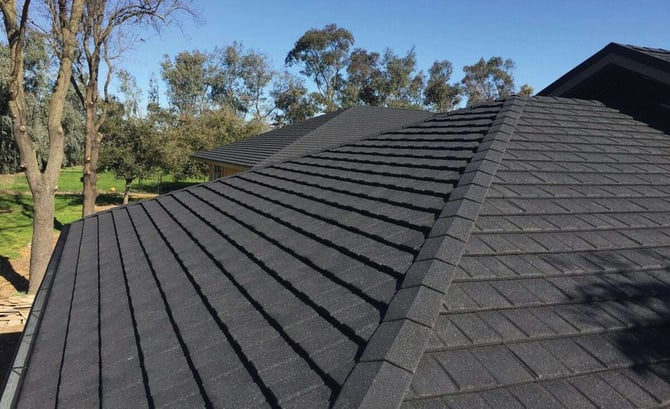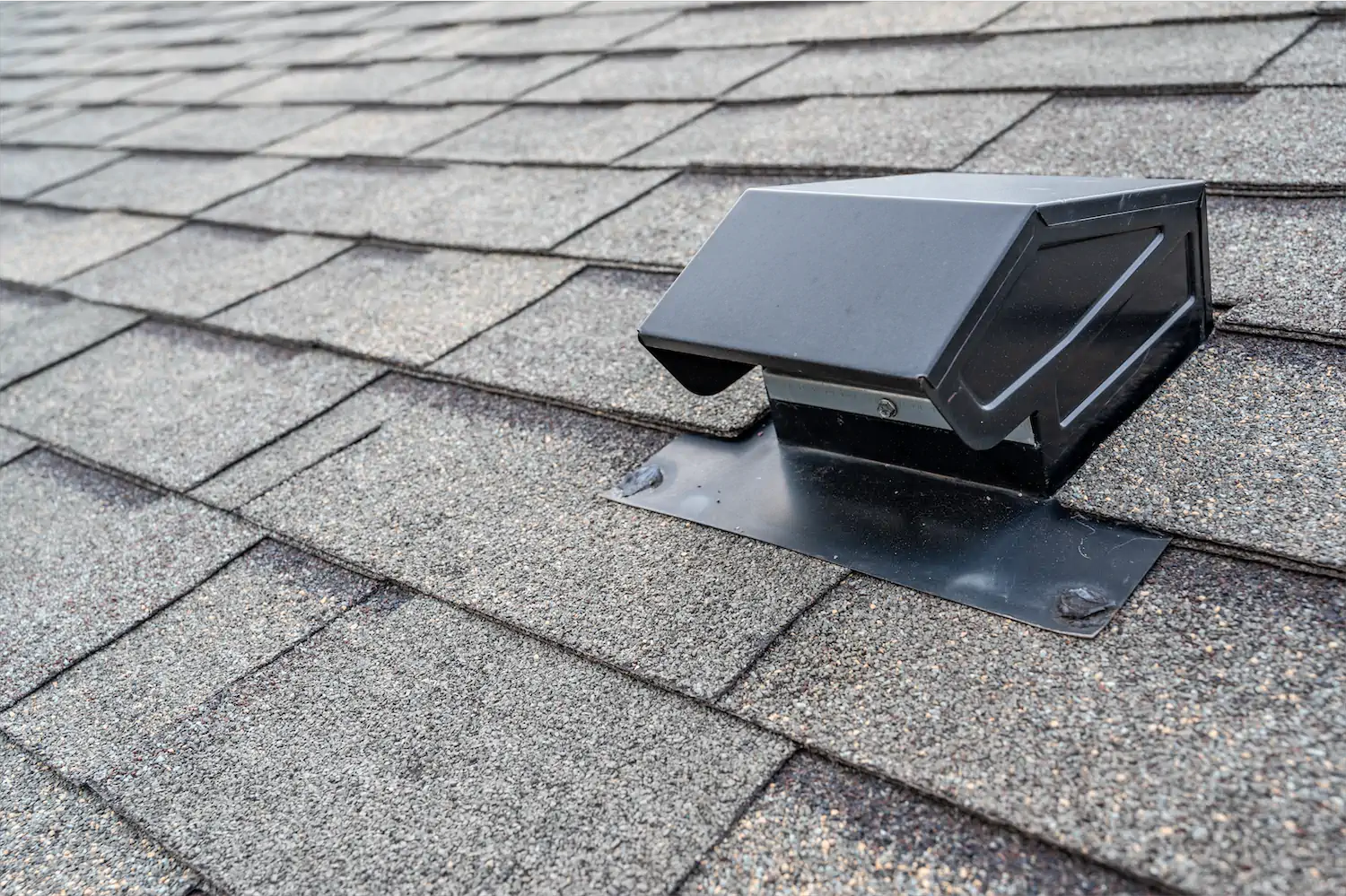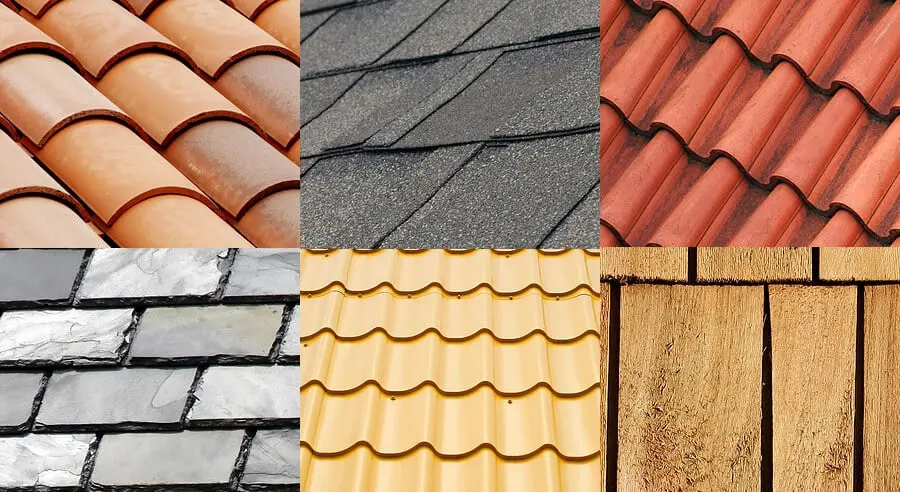A Complete Guide to the Roof Over Your Head
Your roof does more than just cap off your home — it protects you from the elements, insulates your living space, and contributes to your property's overall aesthetic and value. But have you ever wondered what goes into building a roof, or how roofing systems function as a whole?
In this article, we'll break down the key components, materials, and processes involved in how roofing works — whether you're a curious homeowner or preparing for a roof replacement.
1. The Purpose of a Roof
At its core, a roof’s job is to:
-
Keep water, snow, wind, and sun out.
-
Provide insulation to regulate indoor temperatures.
-
Support ventilation and airflow.
-
Enhance structural integrity and curb appeal.
A well-installed roof is crucial to protecting your investment and ensuring your comfort.
2. Components of a Roofing System
A roof is more than just shingles or tiles. It’s a multi-layered system that works together for durability and protection:
-
Roof Deck: The base layer, usually made of plywood or OSB (oriented strand board), provides structural support.

-
Underlayment: A water-resistant or waterproof barrier (like felt or synthetic sheeting) that sits between the deck and the outer roofing material.

-
Flashing: Metal pieces installed around roof penetrations (chimneys, vents, skylights) and edges to prevent water leaks.

-
Shingles/Tiles/Metal Panels: These outer materials protect the roof and define its appearance. Common materials include asphalt shingles, clay tiles, wood shakes, and metal..

-
Ridge Cap: Shingles or specialized pieces covering the ridge (top) of the roof to keep rain out and allow ventilation.
-
Ventilation: Intake and exhaust vents allow air to flow in the attic, reducing moisture buildup and regulating temperature.

3. Types of Roofing Materials
Choosing the right roofing material depends on climate, budget, and architectural style. Here are a few popular options:
-
Asphalt Shingles: Affordable, easy to install, and available in many colors. Lifespan: 15–30 years.
-
Metal Roofing: Durable and energy-efficient. Can last 40–70 years with minimal maintenance.
-
Clay or Concrete Tiles: Great for hot climates and highly durable, but heavier and more expensive.
-
Wood Shakes: Natural look, but requires more maintenance and is vulnerable to fire without treatment.
-
Slate: Extremely durable and elegant but very heavy and costly.

4. The Roofing Process
Here’s how a typical roof installation or replacement works:
-
Inspection and Planning: Roofers evaluate the structure, measure the area, and choose materials.
-
Tear-Off: The old roofing materials are removed down to the deck.
-
Repairing the Deck: Any damaged sections of the deck are repaired or replaced.
-
Underlayment Installation: The waterproof barrier is installed to prevent leaks.
-
Flashing and Drip Edge: Metal edges and flashing are placed around openings and edges.
-
Installing Roofing Material: Shingles, tiles, or panels are installed in rows from the bottom up.
-
Ridge Cap and Ventilation: Finishing touches ensure ventilation and full coverage.
-
Final Inspection: Ensures proper sealing and adherence to code.
5. Roof Maintenance Tips
To keep your roof in top condition:
-
Inspect it regularly (at least twice a year).
-
Keep gutters clean to prevent water buildup.
-
Remove moss and debris from shingles.
-
Replace damaged shingles quickly.
-
Get professional inspections after major storms.
Final Thoughts
Roofing is a critical part of any building, combining structural design, weather protection, and insulation into one seamless system. Whether you're building new or replacing an old roof, understanding how roofing works helps you make informed decisions and spot issues before they become serious.
If you're considering a roof project, consult with a licensed contractor to get the right solution for your home and environment.






